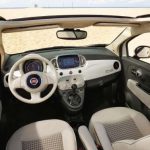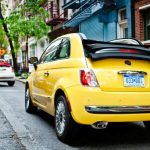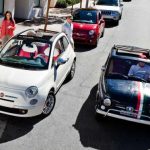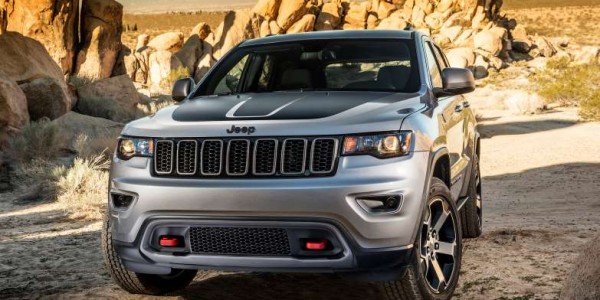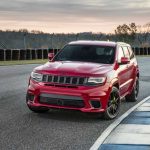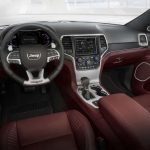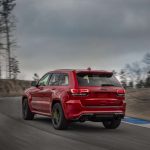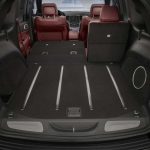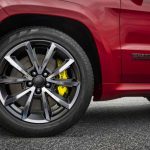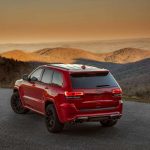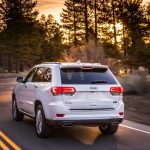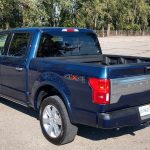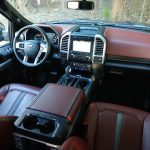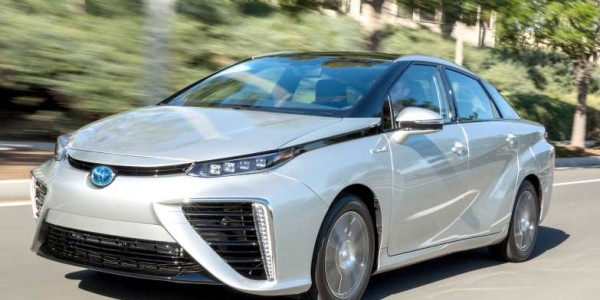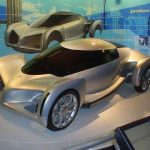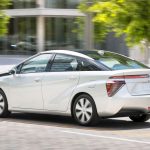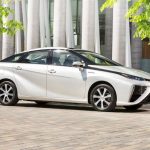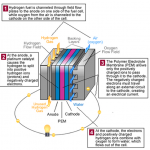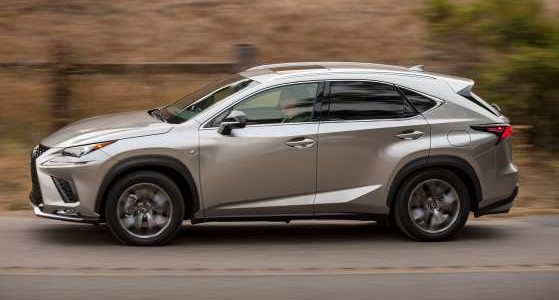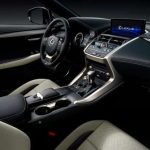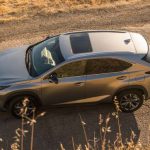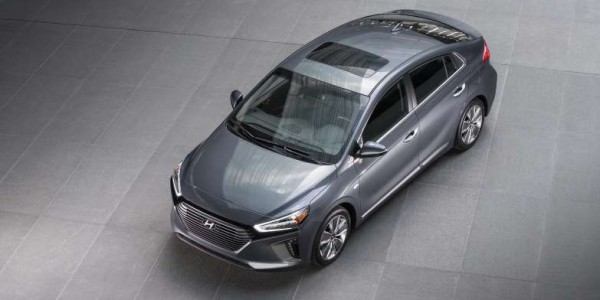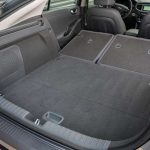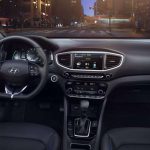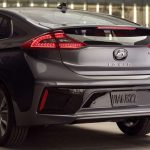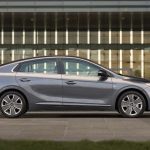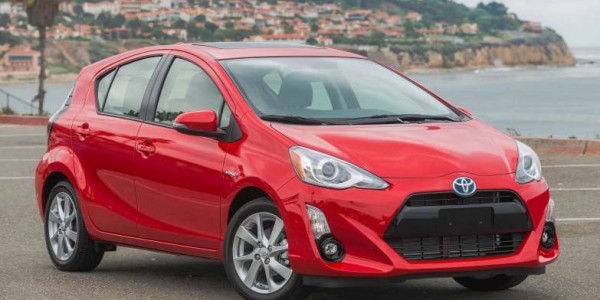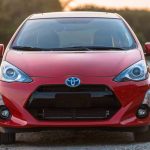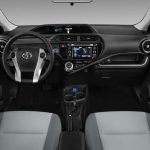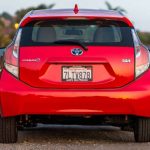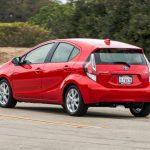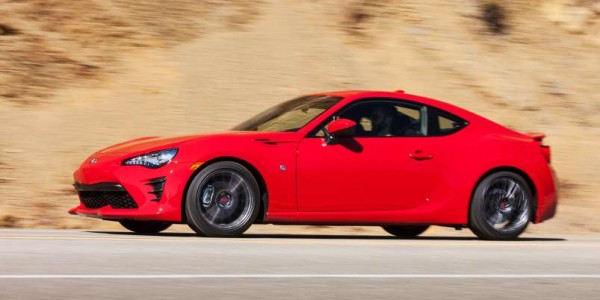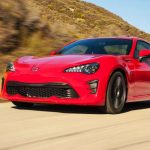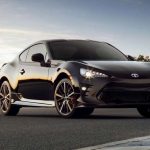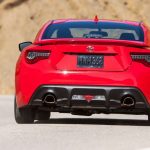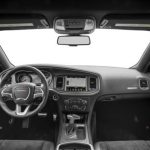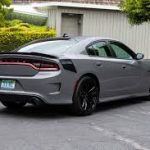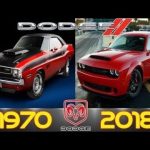2018 Fiat 500 C POP Cabrio
An Automotive Love Affair
By Joe Mavilia
Overview:
This is the 2018 Fiat 500 C that is what I refer to as a pea popper. But it is much more than that, and it comes to us from the largest car company in the world. Yep, Fiat must be doing something right.
Cost is just one of the reasons for you to check it out. The last Fiat I reviewed was a Fiat 124 Spider that I have loved since I had great experience with the Spider I owned in years past.
F I A T was an acronym for “Fix it Again Tony” that we’d kid about back in the 1980’s and 1990’s. That’s when I owned a Foreign car repair shop in La Canada, CA. Most of the time back then repairing and maintaining Fiat cars were small things that were annoying but not expensive to fix. Of course, over the past decades the entire industry has had the benefit of newer technology and all are light years apart from then to now. Today Fiat remains at the top of the list of quality reliable cars.
I traveled to Poland in the 1990’s where I found how Fiat was “The Car”. In Europe as in many parts of the world Fiat had a cult following. Like most places in the world gas is a very dear and expensive commodity. Thus, consumers are stingy with gas and demand more of manufacturers. I realized with small town streets driving and parking is friendlier to smaller cars like this Fiat 500.
General Information:
It is assembled in- Toluca, Mexico; Parts- US/Canadian 11%, Mexico 54%; Italy 16%; Engine – US; Transmission – Italy; Classification is- MiniCompact; Cars from Fiat- 124 Spider, 500, 500c, 500e, 500L and 500 X.
Handling & Performance:
It handles like a dream. It is Turbo fast, provides a solid ride and you’ll be impressed with how it corners. It was great on the ‘Crest Test’ mountain course where its performance is truly put to the test. Nice.
Styling:
It is Cute and attracts the eye of most I come in contact with.
Fit and Finish:
Very well put together.
Cost:
It is pretty hard to complain when the cost is surprisingly easy on the budget. You get a lot of bang for the buck and it blows my mind to think transportation can be so inexpensive.
Conveniences and comfort:
The standard features speak well of most of what I like to see on the car I’ll be driving for many years to come.
Consumer Recommendations:
Fairly small field of players so pretty easy to narrow down your preference. Budget will make a difference and considering 25% more for the MINI and VW Beetle these may be eliminated right off the bat. The Smart car is ALL electric and separates itself from the rest and surely is a real consideration as it may only apply to the less demanding transportation requirements. I’ve tested them all at one time or another so I’d rate them (for me) Fiat, Fiesta and Fit, one – two and three.
Recognized Competition:
| Brand | $$$ Cost | MPG Avg | Seating | Doors | Country of Origin | Assembled | Drive Train |
| Fiat 500c | 19,000 | 30 | 4 | 2 | Italy | Mexico | FWD |
| Ford Fiesta | 22,000 | 29 | 5 | 4 | USA | Mexico | FWD |
| Honda Fit | 19,000 | 31 | 5 | 4 | Japan | Mexico | FWD |
| MINI Cooper | 26,000 | 28 | 5 | 5 | UK | Germany | FWD |
| VW Beetle | 25,000 | 29 | 4 | 2 | Germany | Mexico | FWD |
| Smart for two | 19,000 | 35 | 2 | 2 | Germany | France | RWD |
Good News:
Fast, fun to drive, easy handling, comfortable ride and priced for most budgets.
Bad News:
Limited size in all cases. Need will dictate.
Standard Equipment:
1.4 liter MultiAir 135 horsepower Turbo Engine, engine immobilizer, 5-speed manual transmission, rear park assist, ParkView rear back up camera, front, seat mounted side airbags, and side Curtain airbags, LATCH child seat anchor system, stability control, 4-wheel ABS disc brakes, sport tuned suspension, tire pressure monitor, hill start assist, power door locks, remote keyless entry, cruise control, Uconnect, 5” touchscreen display, Bluetooth with integrated voice command, Media Hub for USB and Auxillary, USB port in glove box, 12 volt power outlet in center console, 7” color display, audio system, power windows, air conditioning, leather wrapped steering wheel with audio controls, tilt steering column, driver and passenger seat memory settings, cloth seating, rear 50/50 split fold down seat, fog lights, 16” aluminum wheels and power heated mirrors.
Gas Stats:
$3.79/ Gal avg. November 4, 2018
About a buck a gallon more than last year.
www.fueleconomy.gov
for more information.
28 City and 33 Highway MPG
Pricing:
MSRP $17,740.
Copyright © 2018 – An Automotive Love Affair


